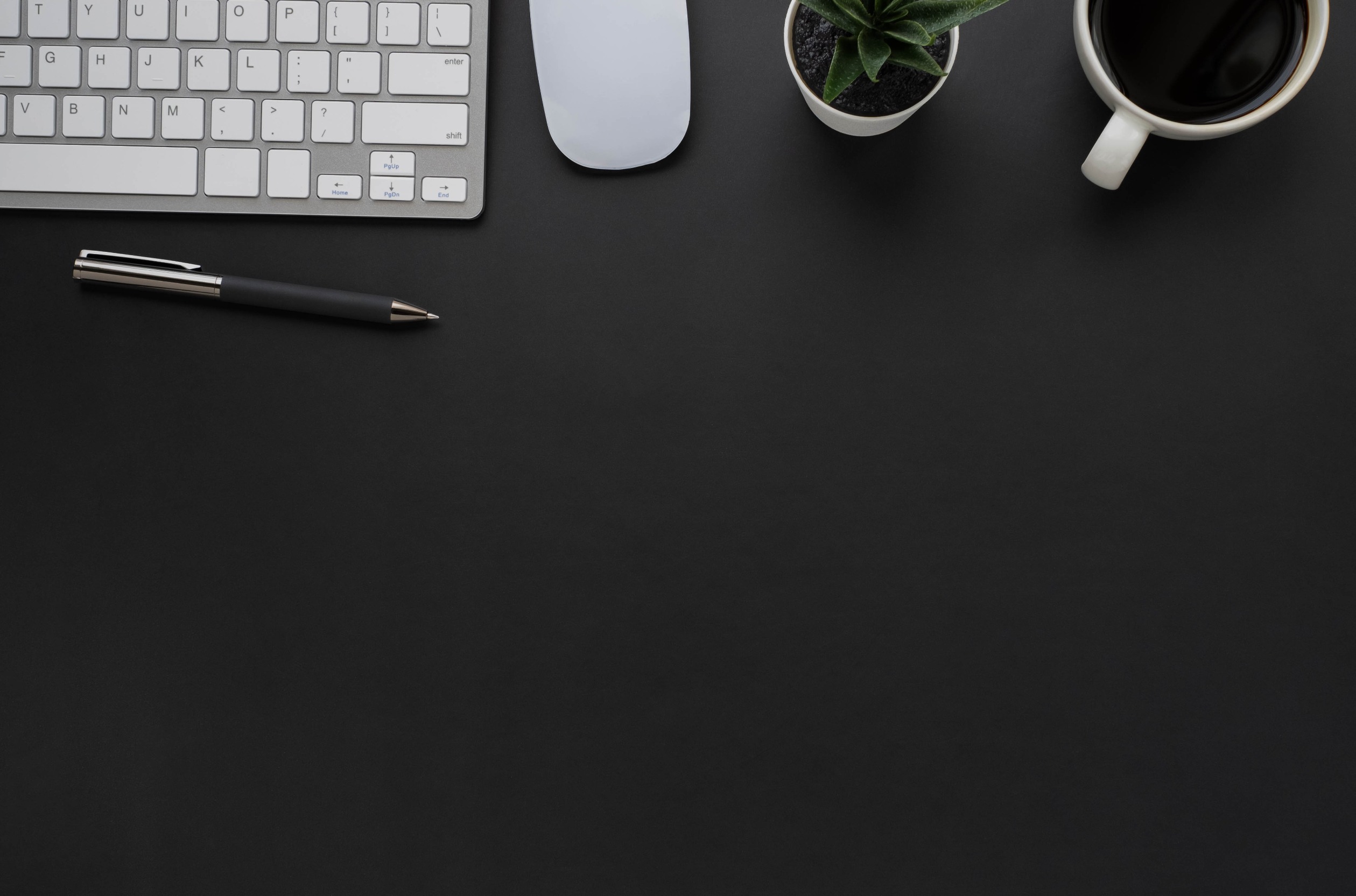Using your physical surroundings for better productivity

In the age of work from home arrangements, employees may neglect the physical surroundings of the place they work and ignore just how the physicality of the environment around them could affect the way the work.
Three researchers from the Arizona State University (ASU) Blake E. Ashforth, Regents Professor of Management and Entrepreneurship at ASU’s W. P. Carey School of Business; Brianna Barker Caza; Associate Professor Of Management in the Bryan School of Business and Economics at the University of North Carolina at Greensboro; and Alyson Meister, Professor Of Leadership And Organizational Behaviour at IMD Business School in Lausanne, Switzerland have found out through a workplace identification research that organisational behaviour and workplace design can affect employee psyche and work productivity. The researchers have also recommended four ways borne from research that employees can use to customise the physical landscape of their workspace to work effectively.
The first, as the researchers say, would be to personalise the workplace. “By personalising your workplace, you can make space for yourself in your organisation,” they wrote. By adding inspirational identity markers such as awards, treasured photos or items, they can help integrate the employee more at work, inspiring them towards their best work self. Next, researchers recommend altering the use of the space, as subtle environmental shifts can stimulate thinking and influence well-being. “Perhaps you prefer a place that allows solitude for tasks that require precise thinking and calculations, whereas a more energised, communal environment feels better for jobs that require creative thinking,” the researchers explained.
READ MORE: Australia considers four-day workweek trials for civil servants
Connecting through workspaces can also encourage employees to feel less isolated in their workspace, which pushes employees to be more consciously engaged with their employees. The researchers also encourage employees to architect their boundaries so that they can easily enforce them.



